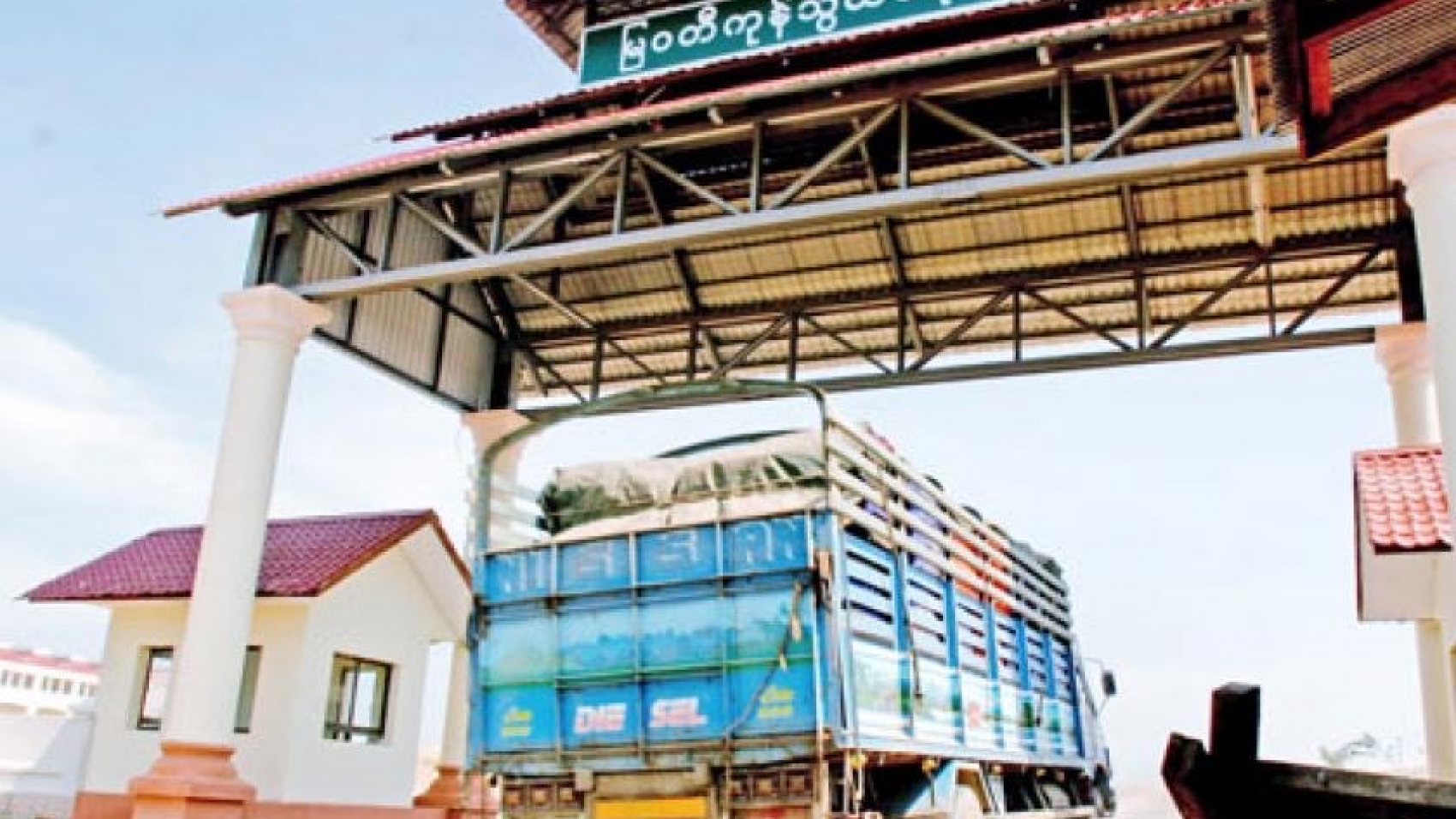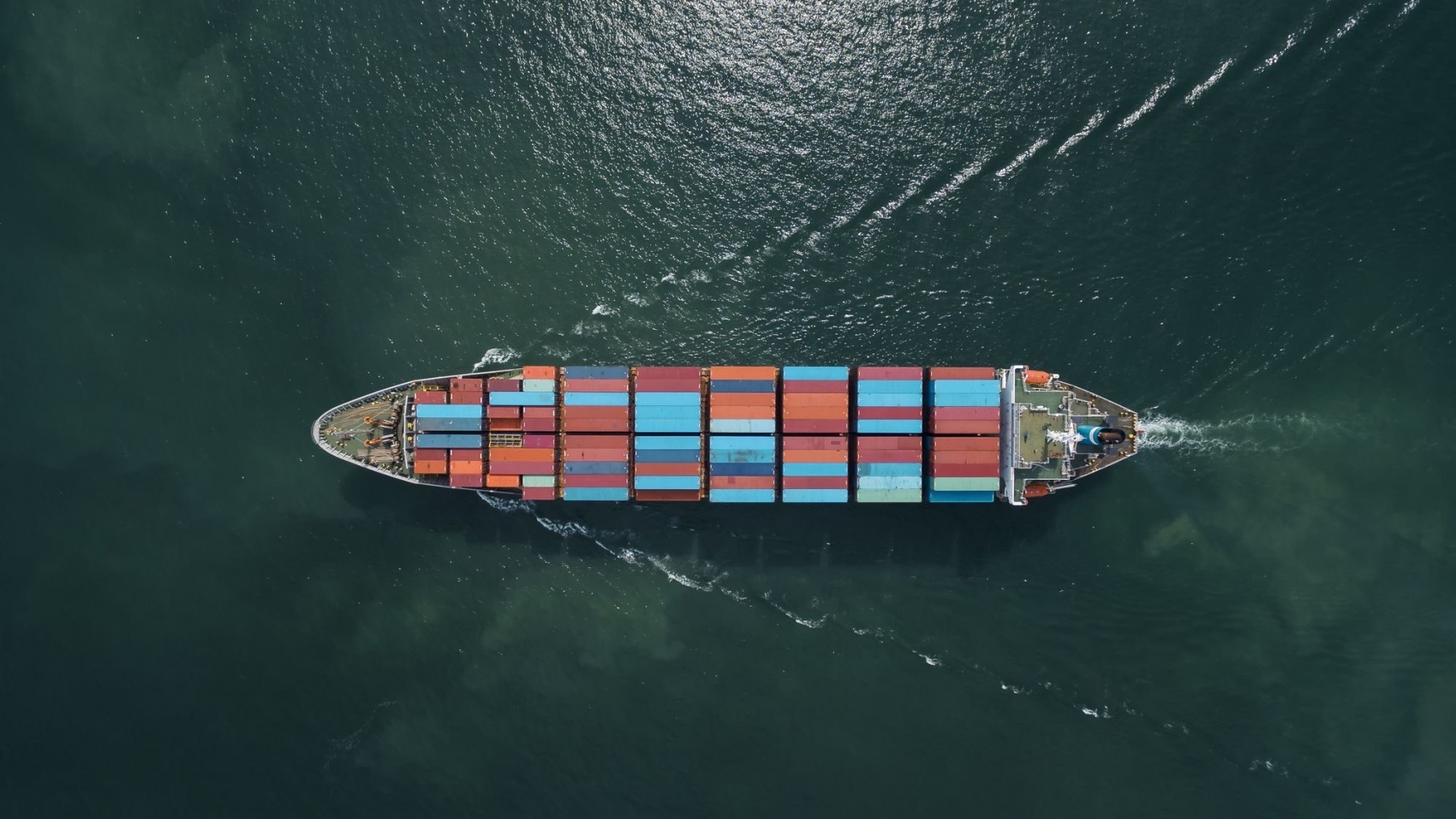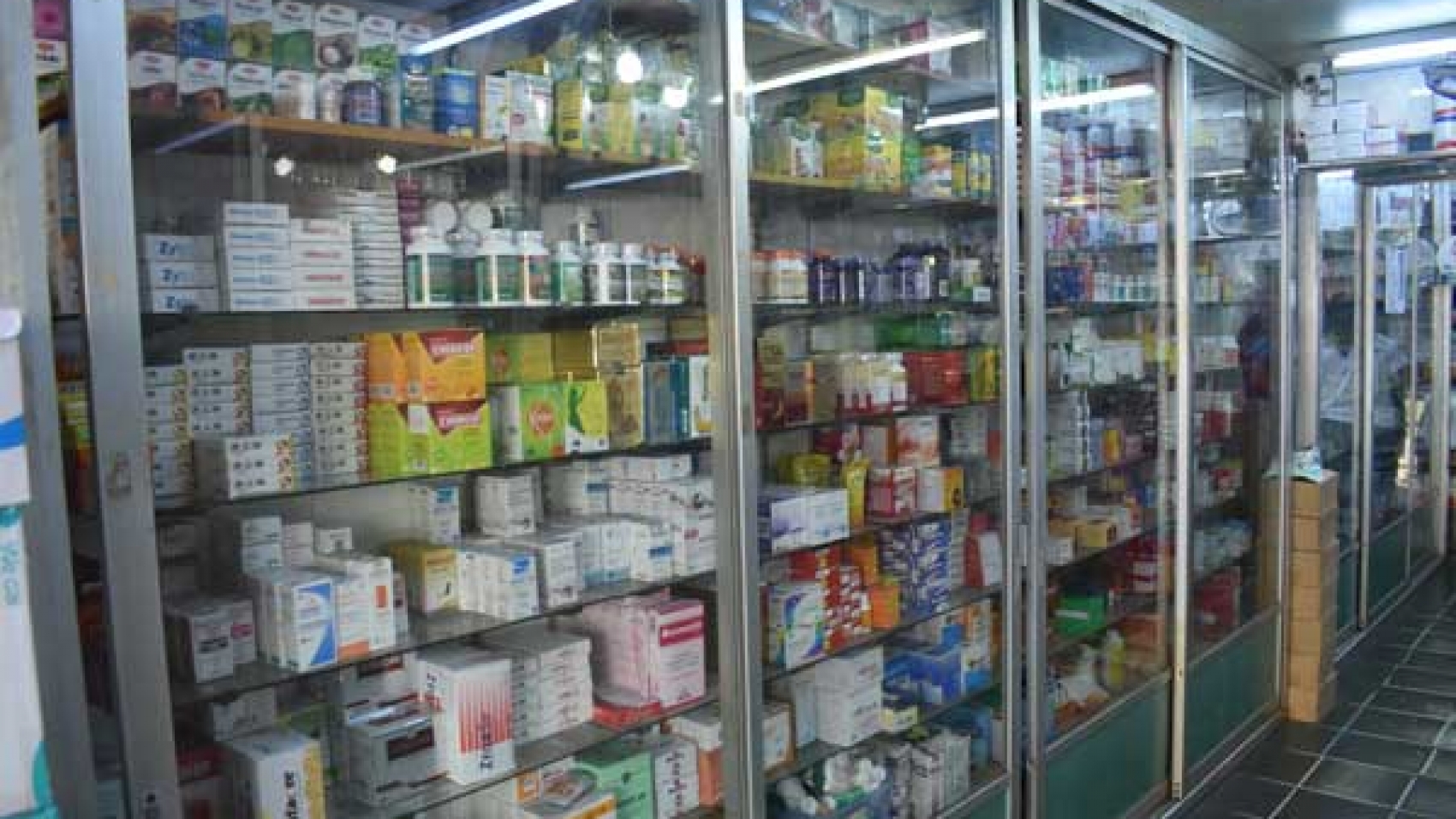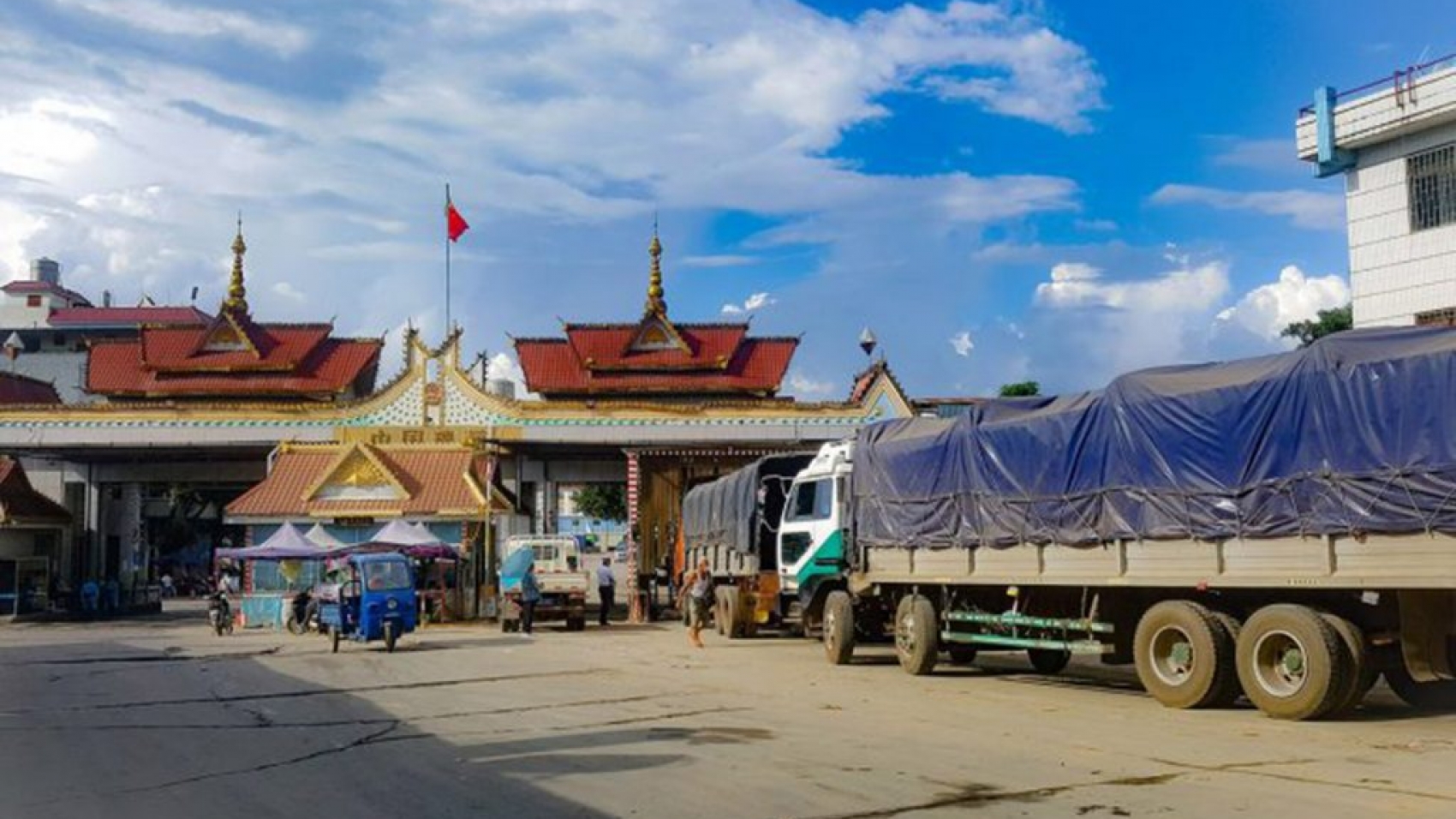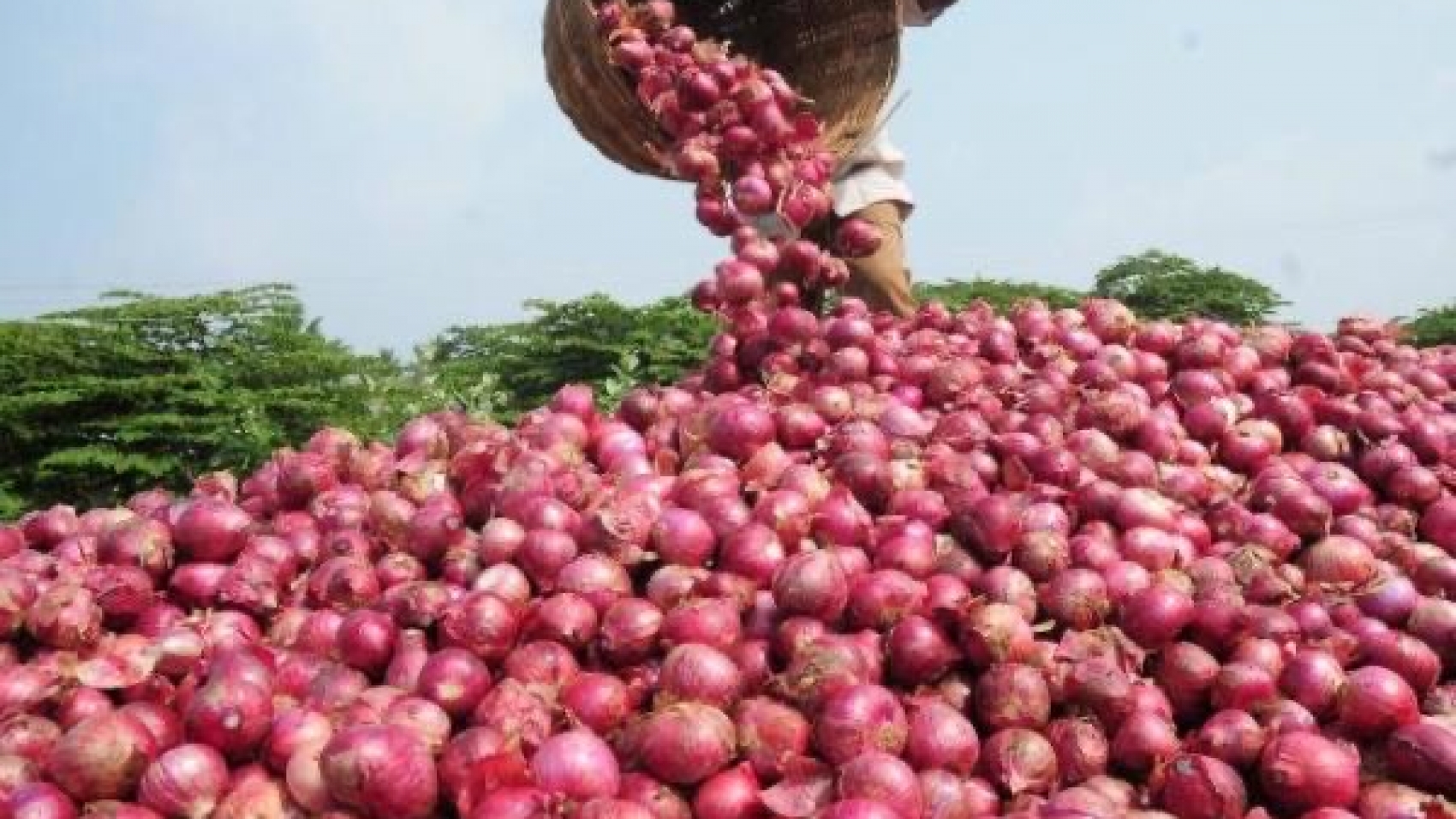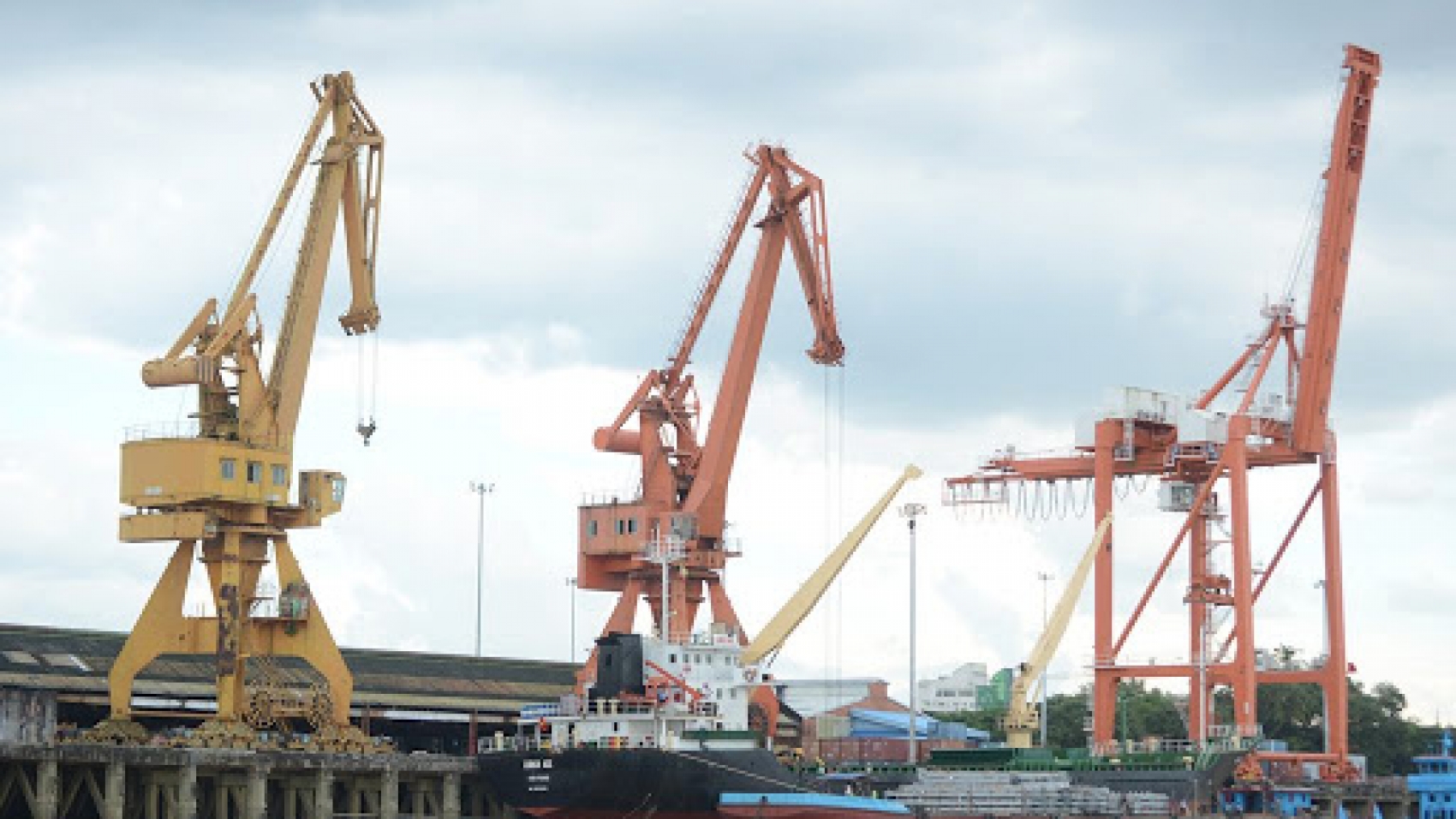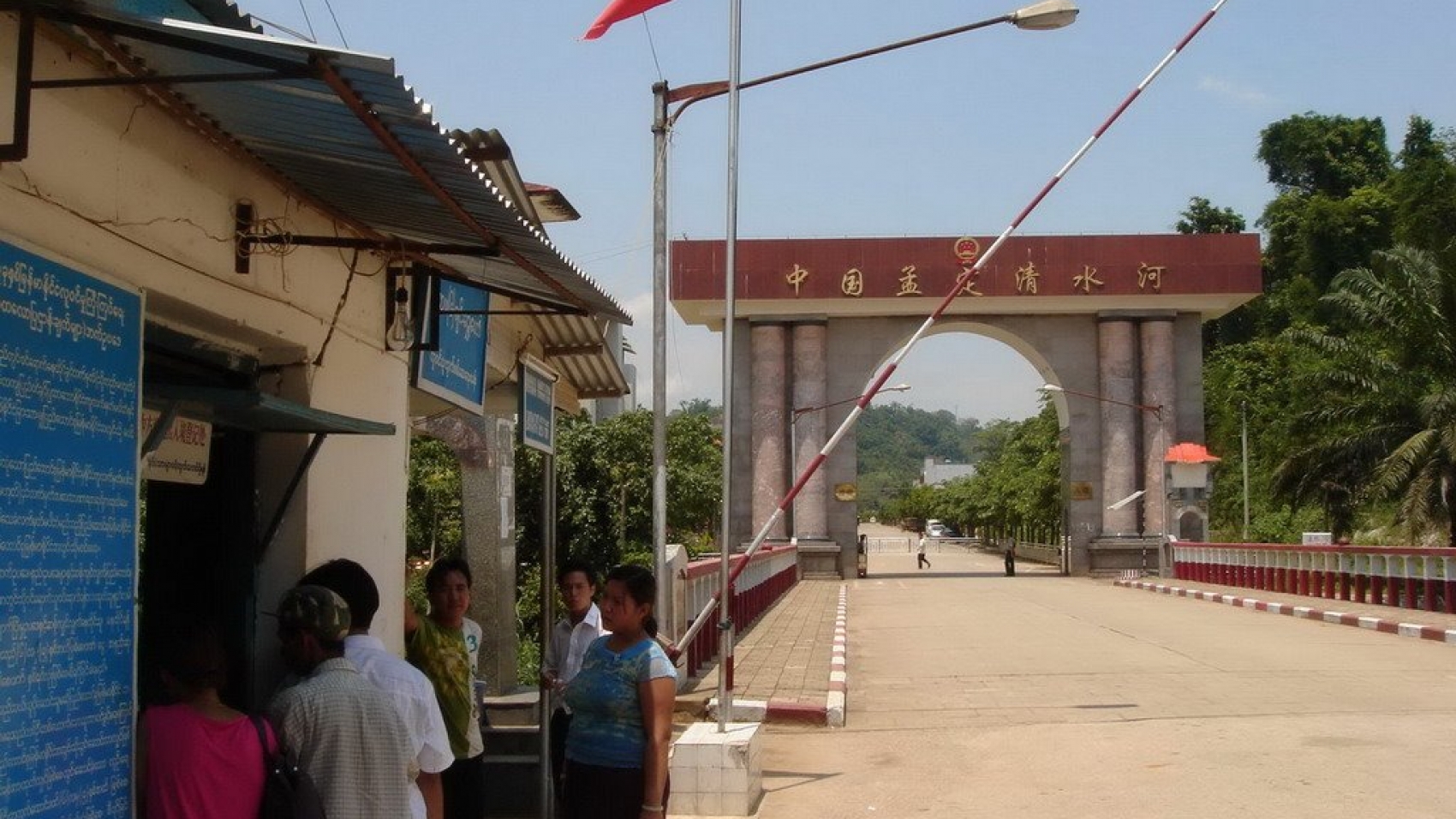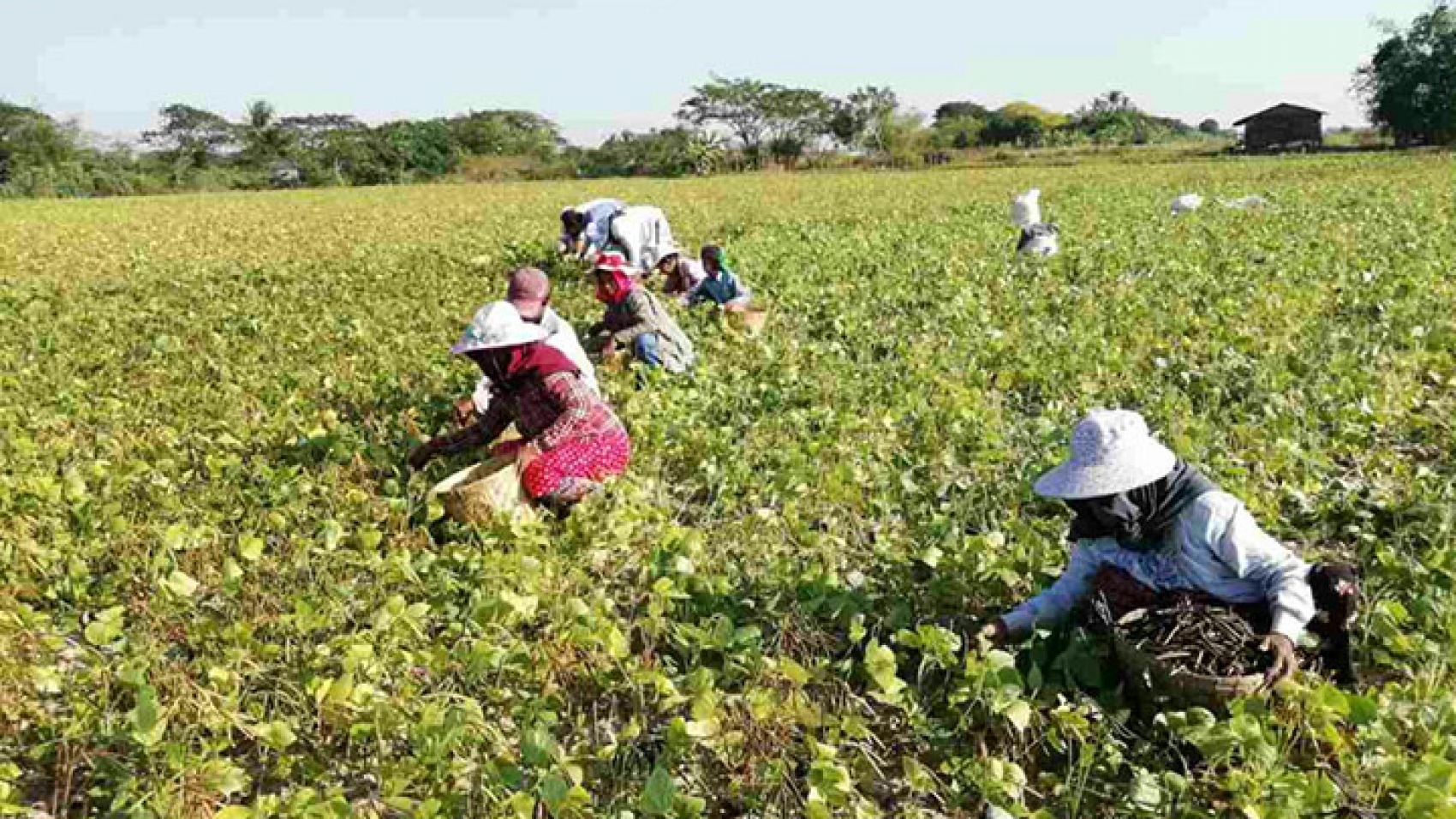Trade volume between Myanmar and Thailand in the financial year 2020-21 hit a total of US$2.95 billion in total, Ministry of Commerce statistics shows. According to the Ministry, Myanmar’s exports to Thailand reached $2.06 billion while imports hit $895 million. Compared to the same period in the last FY, this year FY’s figures declined by $71 million. The bilateral border trade hit $3.02 billion last year.
The county mainly conducts border trade with Thailand through seven border checkpoints, Tachilek, Myawady, Kawthoung, Myeik, Hteekhee, Mawtaung and Meisei gates. From 1 October 2020 to 18 June 2021, the Myawady border gate topped with the most bilateral border trade value of $1.23 billion. Myanmar’s exports to Thailand were primarily agriculture and livestock products, and imports from Thailand were mainly non-alcoholic beverages, fabric and yarn, motorcycles and related parts, and construction material.
The bilateral trade between Myanmar and Thailand stood at $2.95 billion in FY2020-2021 (as of June), $5.1 billion in FY2019-2020, $5.5 billion in FY2018-2019, $2.9 billion in the mini-budget year of 2018 or transitional period from April to September this year, $5 billion in FY2017-2018, $4.3 billion in the 2016-2017FY, $4.8 billion in the 2015-2016FY, $5.7 billion in the 2014-2015FY, $5.6 billion in the 2013-2014FY, $4.7 billion in the 2012-2013FY, and $4.5 billion in the 2011-2012FY, according to the Myanmar Ministry of Commerce. Thailand is Myanmar second-largest trade partner and third-largest foreign investor.
Source: The Global New Light of Myanmar

